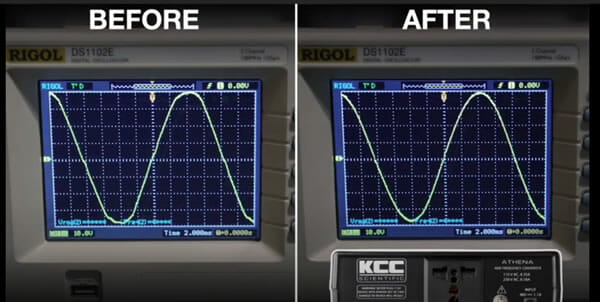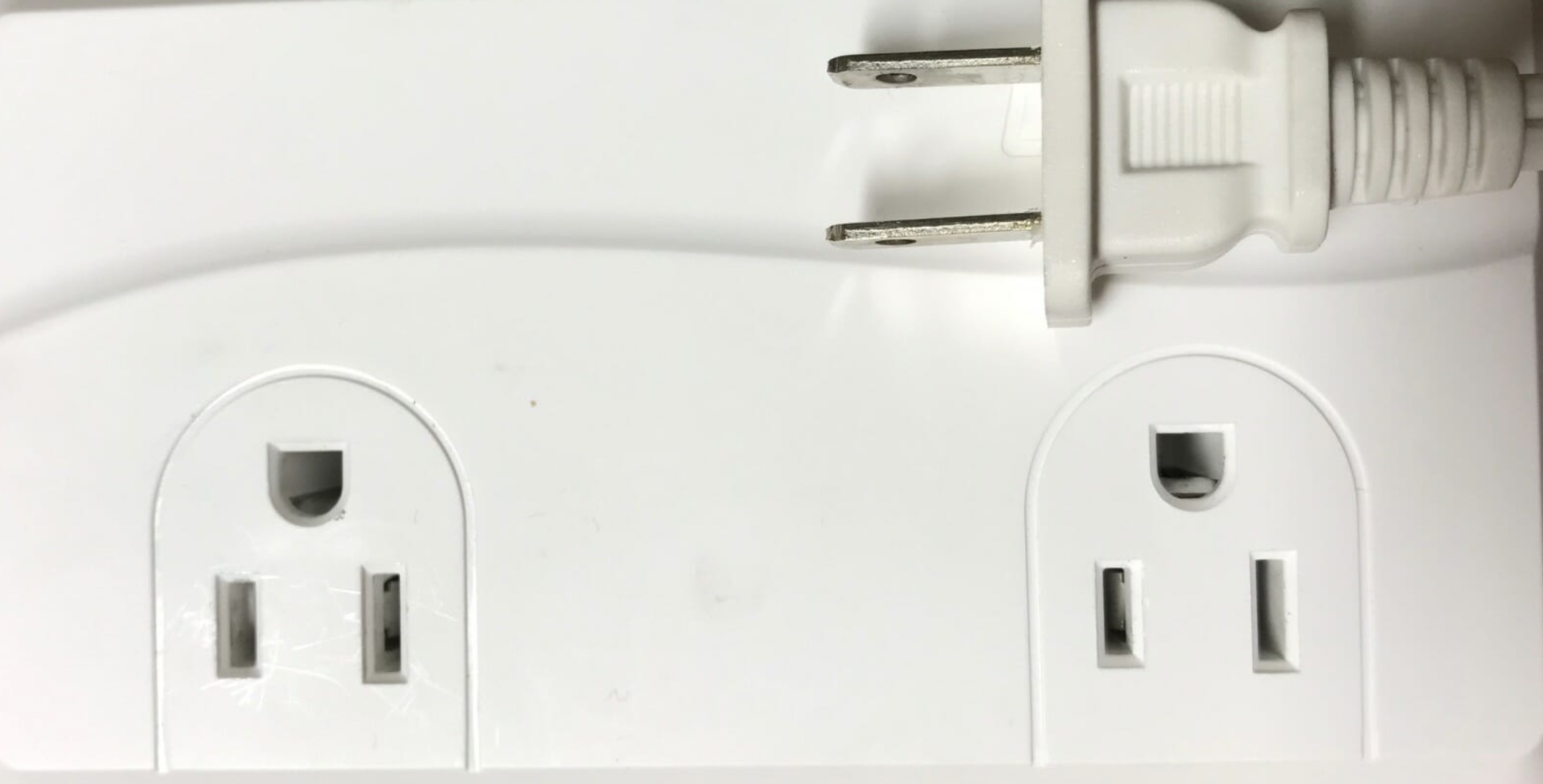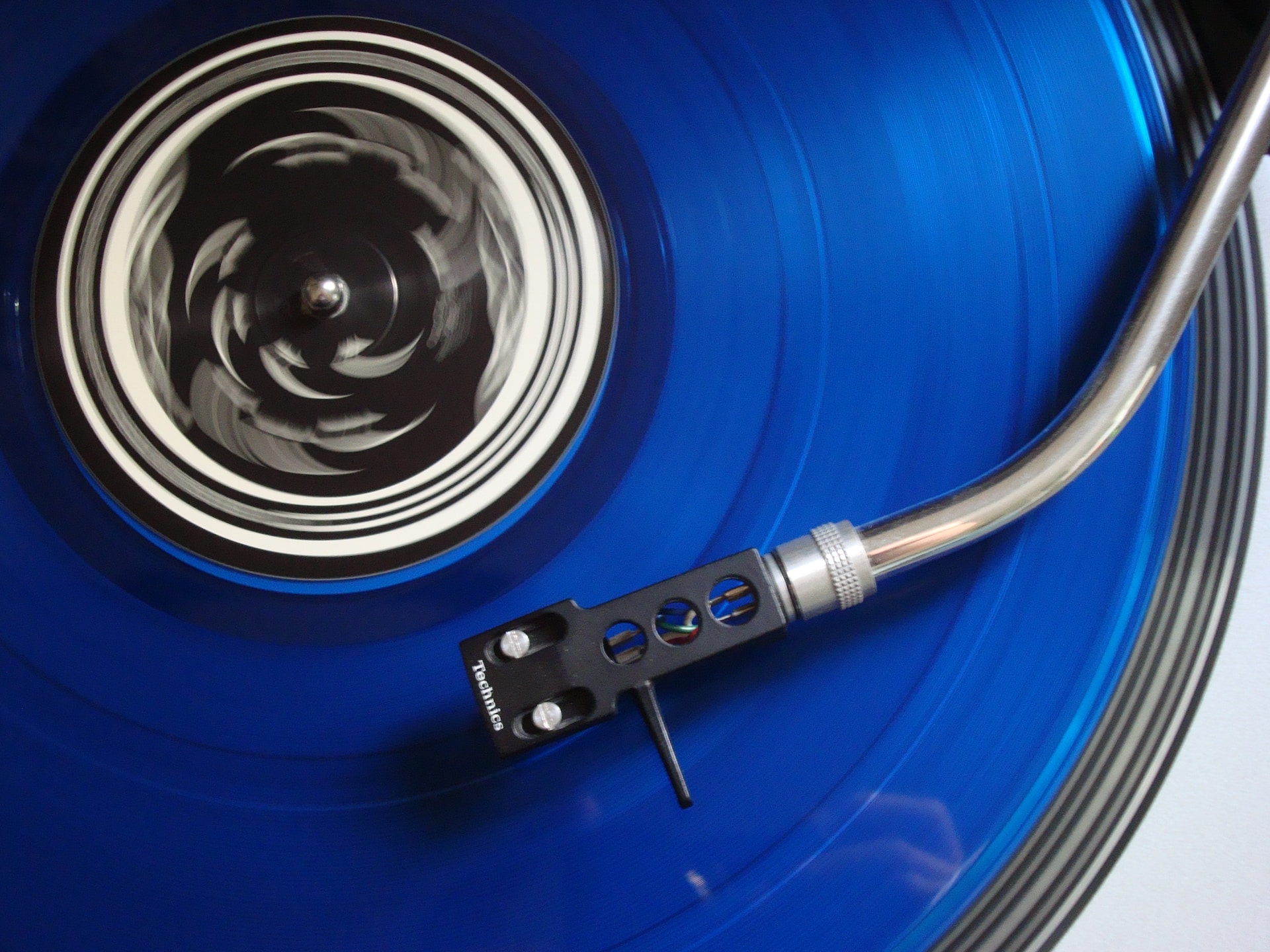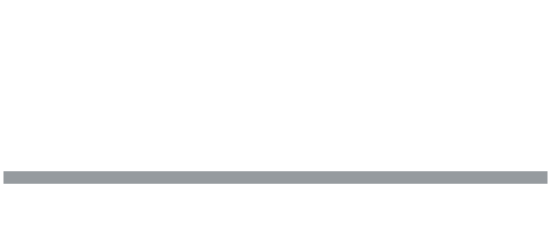Ken Reindel, 2023
To view frequency and voltage converters for purchase click here: SHOP
Why Do I Need a Frequency Converter?
Not surprisingly, folks are always looking for a more economical way to do frequency conversion. One curious customer came to us recently and asked this question: “Why do I need a frequency converter? I’ll just buy a cheap, imported, sine wave inverter and that will do the job.”
Pretty interesting idea! Yes, a proper sine wave inverter will provide a specific AC voltage and frequency output and for some applications, it might work as part of the puzzle. But before you embark on this “DIY” approach, it would be wise consider what you are going to face.
If you are an experienced electronics power engineer willing to do research, with deep enough pockets to try some things out, then you may be able to manage it. If you are not, then you should not attempt it. There are no “boilerplate” solutions because inverters differ in many ways.
Let’s walk through some of the inverter vs frequency converter challenges.
- You will not be able to access one syllable of product support advice from the inverter manufacturer. So what happens if things don’t work out technically? And there’s a long list of possible problems. Read on…
- You will have a difficult time finding the proper voltage and frequency converter device where you are. For example, if you live in the USA, it is difficult to find a 230V AC 50Hz inverter locally.
- You will need to evaluate the inverter for its DC output component. This can be a serious issue if you are thinking about powering audio equipment with input transformers, or a large train transformer.
- A single inverter cannot provide settable frequency or output voltage.
- An inverter frequency accuracy is usually 1% at best…and some are as bad as 5%. For devices requiring exact timing, this simply isn’t going to work. On the higher end of that error limit, you will quite audibly hear the pitch error if you are powering a turntable. We know some folks who can detect pitch error at a fraction of 1%. If you want to power a drill or saw out in some remote location away from household power, then yes, this level of accuracy would be fine.
- Packaging, packaging, packaging. You probably don’t want a sine wave inverter designed to work at a campsite, a bundle of wires, some loose electronic parts, and an open-frame power supply next to your expensive turntable, tube preamplifier, or jukebox.
- You may need a LARGE battery and charger. Many inverters are designed assuming they are powered by batteries. Stay safe! The amperage requirements could start the wires on fire or melt the interconnects if you do not engineer them properly. And, some batteries are explosion hazards in the presence of sparks. Select the charger carefully; some will boil out the battery electrolyte.
- You’ll need to protect the battery from deep discharge. This will require a level detector and a switch. For this, selecting an inverter with a remote “on” input might be helpful.
- Substituting a DC power supply for a battery requires engineering knowledge. It may work, if you are willing to do some electronics integration and select a compatible power supply. You’ll need to evaluate the instantaneous power requirements of many inverters and the electronic device you may be trying to power. Some have such high values of input capacitance that many power supplies cannot start them.In the process of properly solving this problem, you may end up with a power supply more expensive than the inverter. You may also need some properly chosen capacitors and filters in the path between the power supply and the inverter. Consider how to select them and why they are needed–and how to protect them. You could get lucky and things will work out, but for how long? For example, what if the inverter fails and shorts out the power supply?
- You will not get customer support from an inverter company on how to integrate the pieces together. You will be on your own if something goes wrong or the inverter stops working due to an error you make.
- You will not get quality isolation. This isn’t what inverters are designed for. So be prepared for high-frequency ground loops and all the associated noise problems.
- You may end up with RF (radio frequency) interference. When you connect two switching devices together, even if each is certified for RF emissions, it is a gamble as to what the interaction between them will be.
- Consider cost, better inverters are appropriately pricey. Others may be audibly or electrically noisy. Most of the time, they’re just not designed for quality or precision. KCC Scientific products are! With our products, you won’t have to think about any of the above issues. With the DIY path, you need to engineer your way out of every problem you encounter, now and later.
Of course, you could keep it simple and buy a KCC Scientific Voltage and Frequency Converter. It’s similar to the philosophy behind a smart phone. You could buy a standard telephone, a portable computer, a camera, audio recorder, video camera, large battery, and carry all of those around with you. Or, you could buy a smart phone. Why buy the pieces and put together a DIY “frequency converter” (which may not work reliably) when it is infinitely easier to buy a well-thought out, tested, accurate and safe KCC Scientific product that works perfectly and is integrated elegantly?
There are a multitude of reasons why KCC Scientific products are perfect for the job at hand. Plus, you won’t get better customer support anywhere. That’s why we’re here!
Have questions? Contact us here
To view frequency and voltage converters for purchase click here: SHOP








